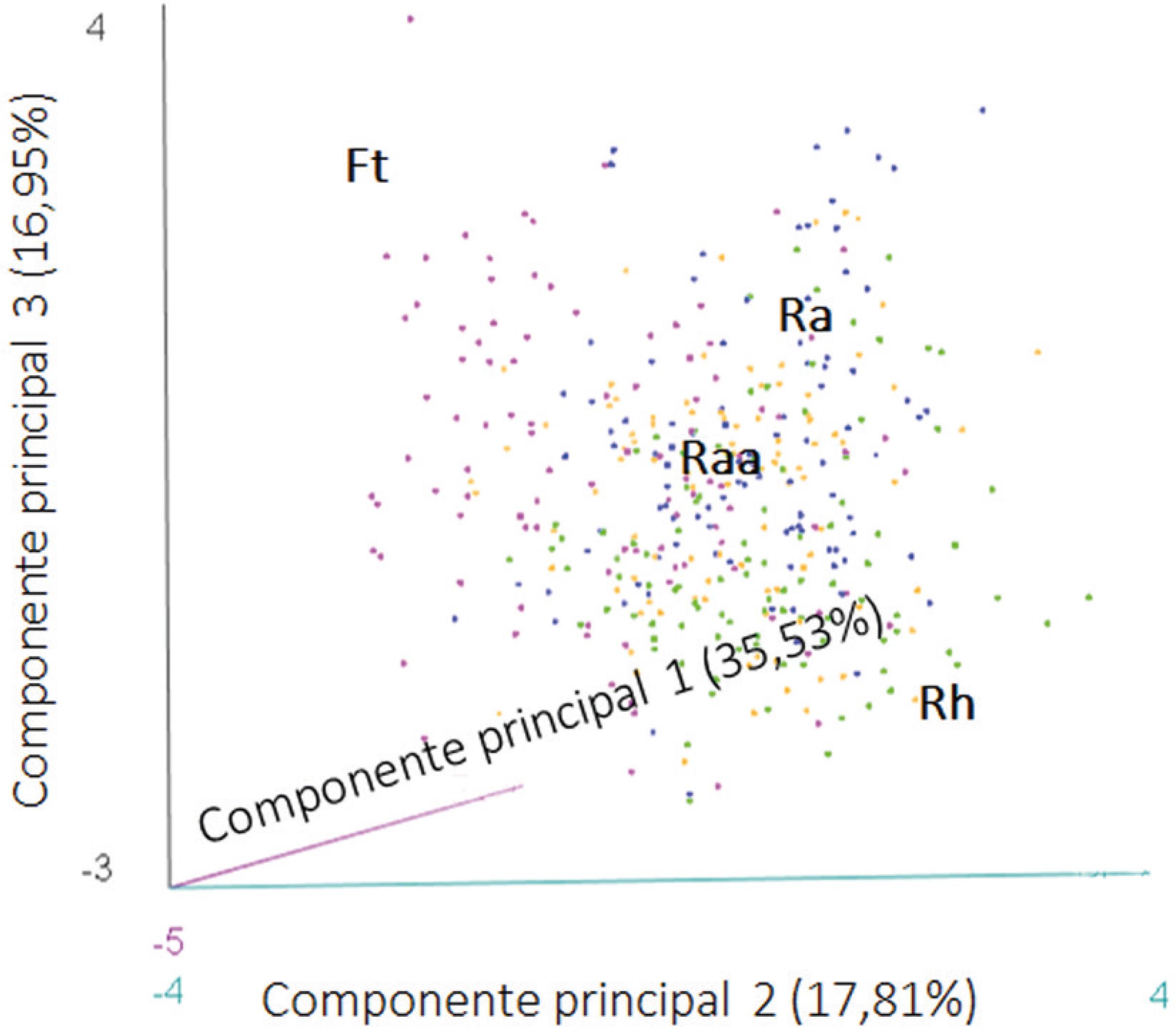ABSTRACT
In this study, the foliar morphoanatomical plasticity of Smilax campestris (Smilacaceae) was analyzed along an environmental gradient in different restinga formations, in the coastal plain of São Francisco do Sul, Santa Catarina State, Brazil. Twenty individuals were selected by formation, from which 140 leaves were collected for the morphoanatomical characterization. The environmental heterogeneity was characterized by soil nutrition and light radiation. Data were evaluated using ANOVA and PCA. All the leaf traits analyzed, as well as the environmental variables, showed a statistically significant difference among the four restinga formations, with emphasis on the traits of dry mass, fresh mass, leaf area, specific leaf area, abaxial epidermis thickness and leaf density. The main environmental variables were: organic matter, base saturation, sum of bases and magnesium content. The morphoanatomical adjustments of S. campestris in response to different environmental conditions resulted in sclerophyllous leaves, with a pronounced xeromorphic appearance near the sea that gradually becomes less evident within the continent.
Keywords:
coastal plain; environmental heterogeneity; japecanga; phenotypic plasticity



